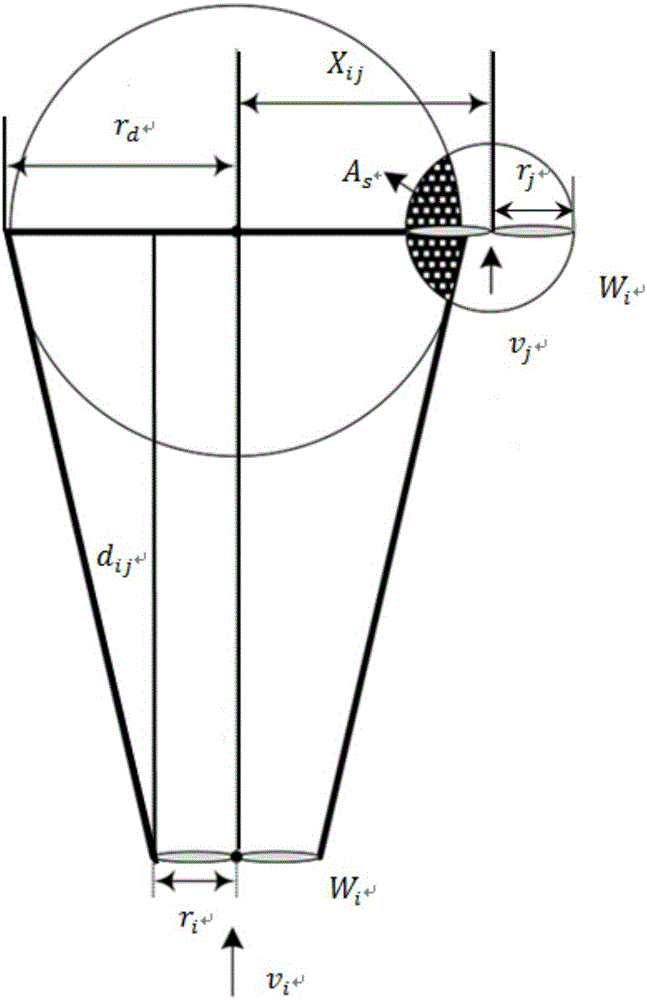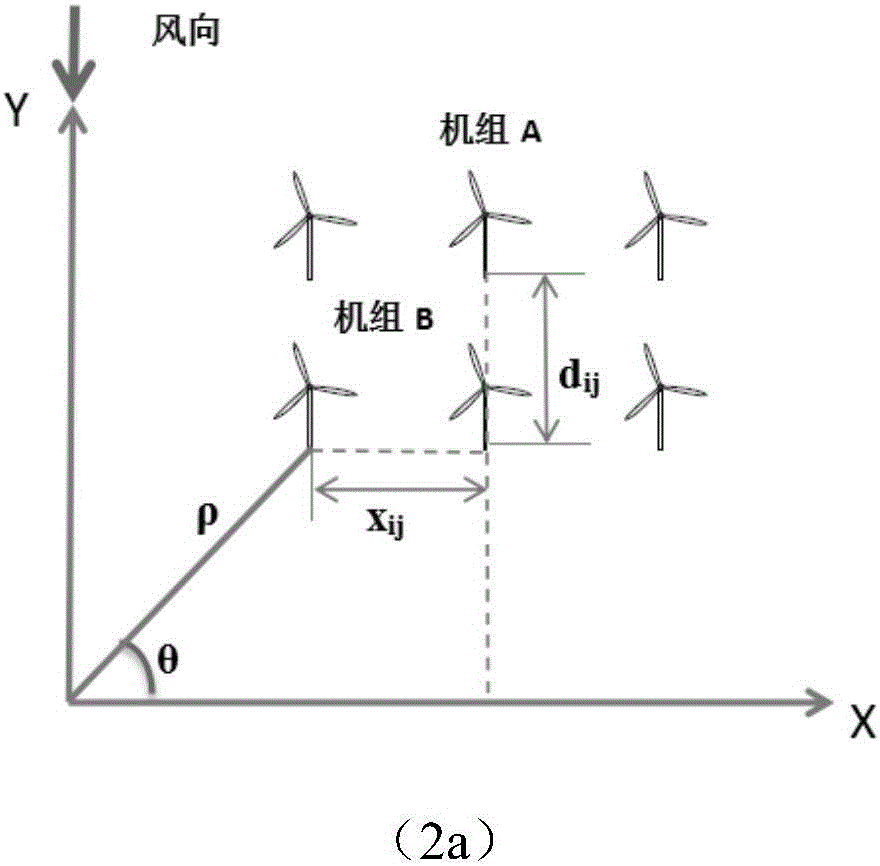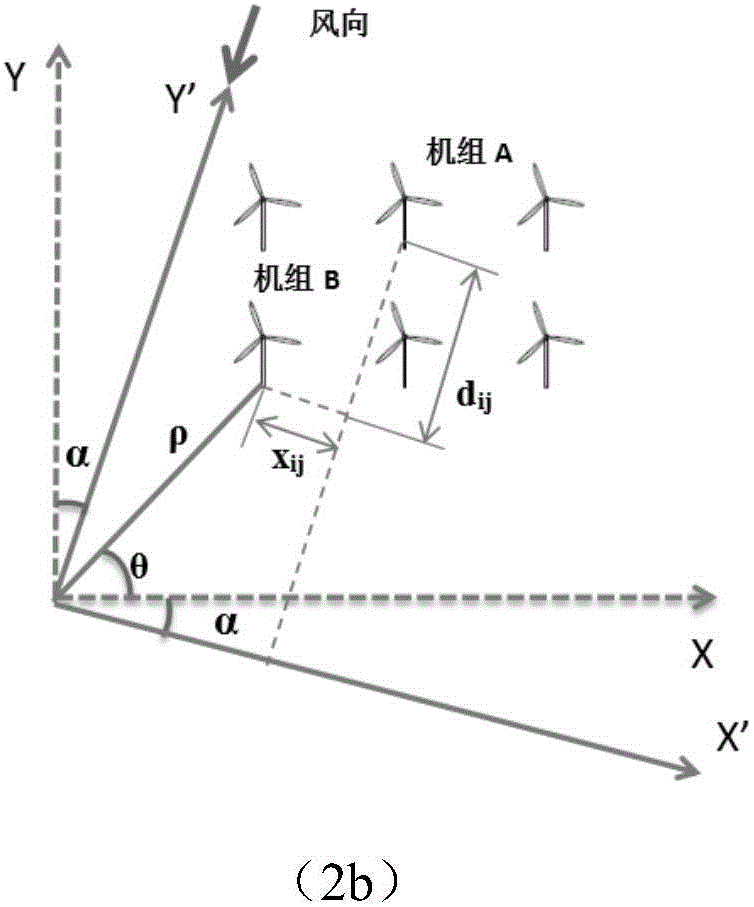Optimization method for model selection of fan blade of wind power plant
A technology of fan blades and optimization methods, which is applied in the field of wind power generation, can solve problems such as the selection and optimization of the length of fan blades, and achieve the effects of simplifying the calculation of wake flow in multiple wind directions, reducing the cost of electricity, and improving efficiency
- Summary
- Abstract
- Description
- Claims
- Application Information
AI Technical Summary
Problems solved by technology
Method used
Image
Examples
Embodiment Construction
[0047]The present invention will be described in detail below in conjunction with the accompanying drawings and specific embodiments. This embodiment is carried out on the premise of the technical solution of the present invention, and detailed implementation and specific operation process are given, but the protection scope of the present invention is not limited to the following embodiments.
[0048] This embodiment provides a wind farm fan blade selection optimization method, including the following steps: 1) obtain the capacity of the wind farm unit, and obtain the optional wind turbine type and the corresponding wind turbine blade length according to the capacity; 2) use the wind farm The goal is to minimize the cost of electricity in the whole life cycle, and the discrete wind turbine blade length is used as a constraint to establish an objective function; 3) The objective function is solved by a genetic algorithm to obtain the optimal combination of wind turbine types. ...
PUM
 Login to View More
Login to View More Abstract
Description
Claims
Application Information
 Login to View More
Login to View More - R&D
- Intellectual Property
- Life Sciences
- Materials
- Tech Scout
- Unparalleled Data Quality
- Higher Quality Content
- 60% Fewer Hallucinations
Browse by: Latest US Patents, China's latest patents, Technical Efficacy Thesaurus, Application Domain, Technology Topic, Popular Technical Reports.
© 2025 PatSnap. All rights reserved.Legal|Privacy policy|Modern Slavery Act Transparency Statement|Sitemap|About US| Contact US: help@patsnap.com



